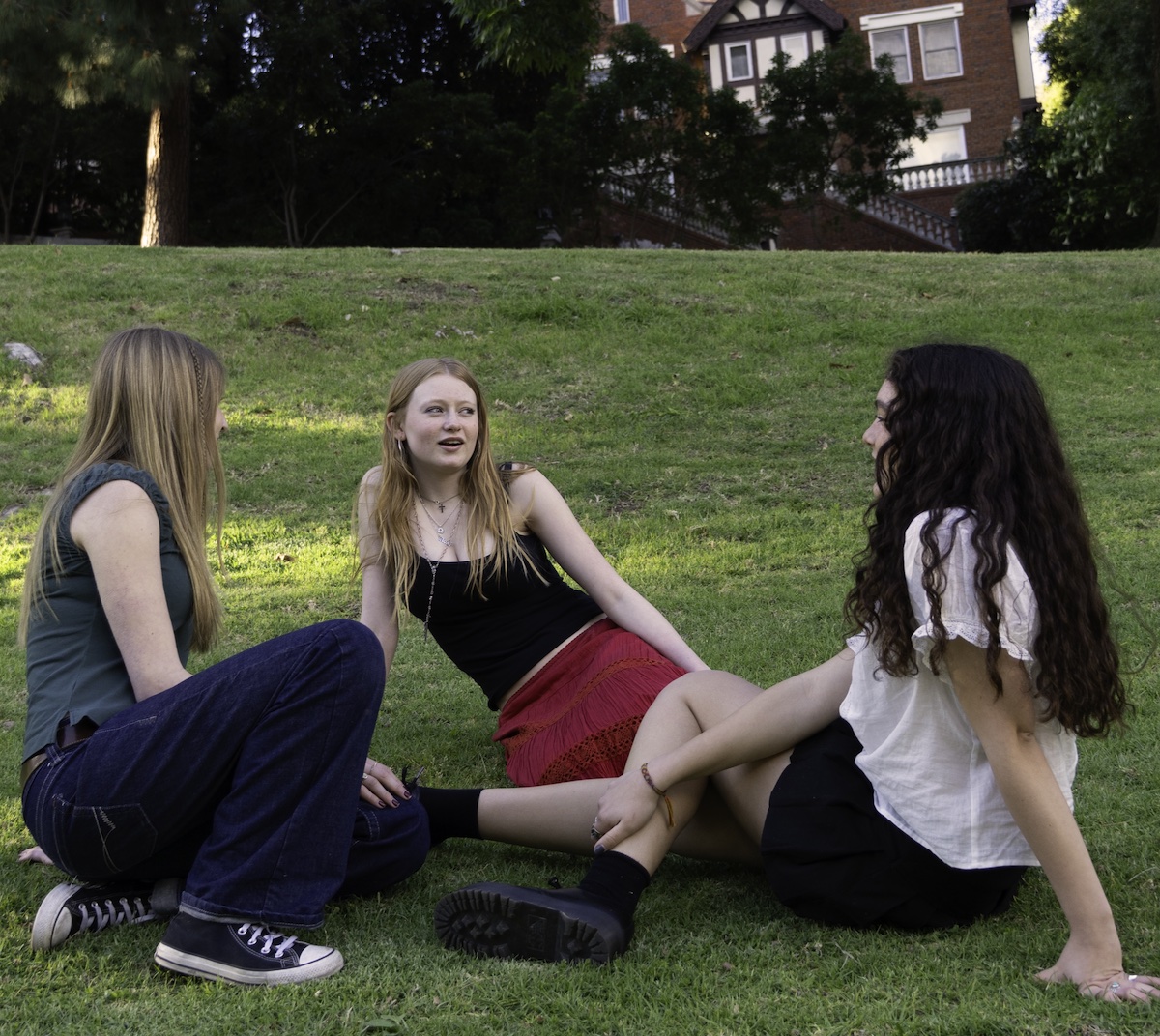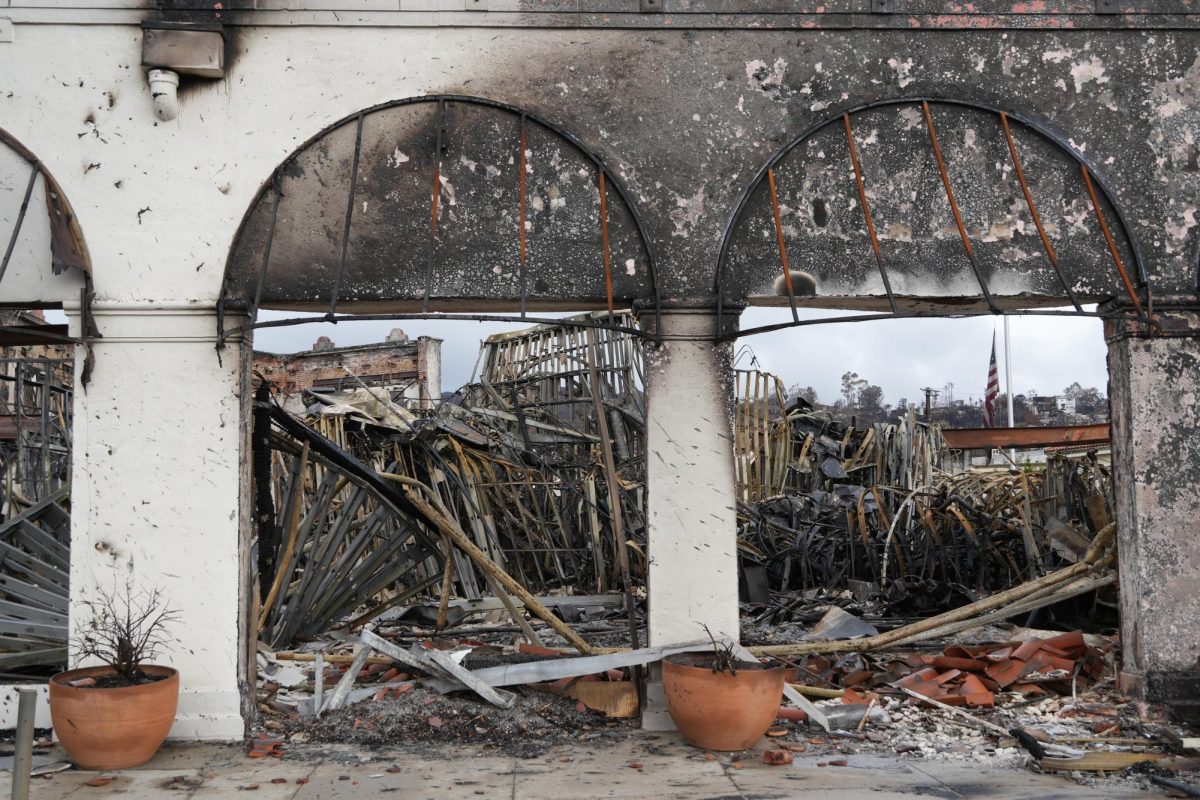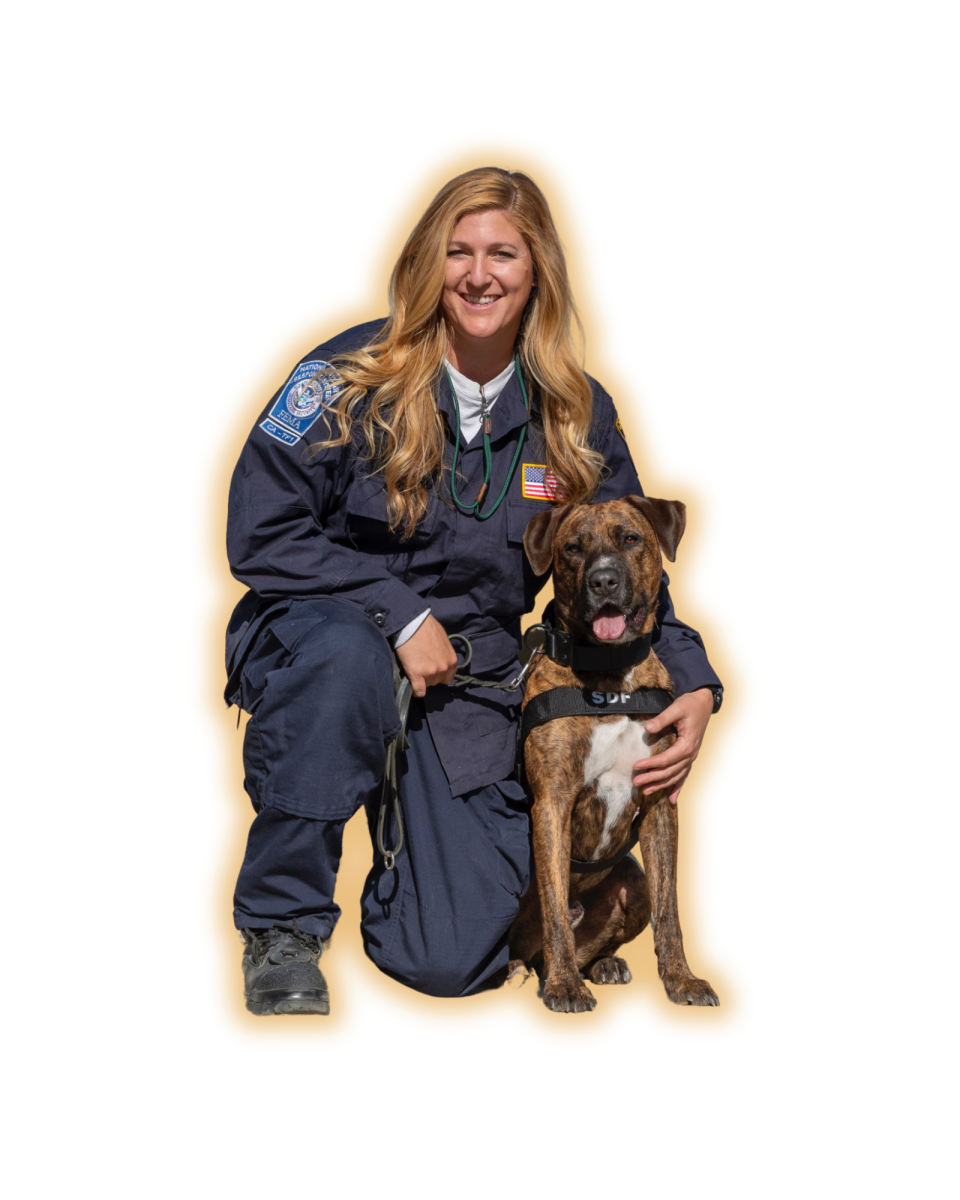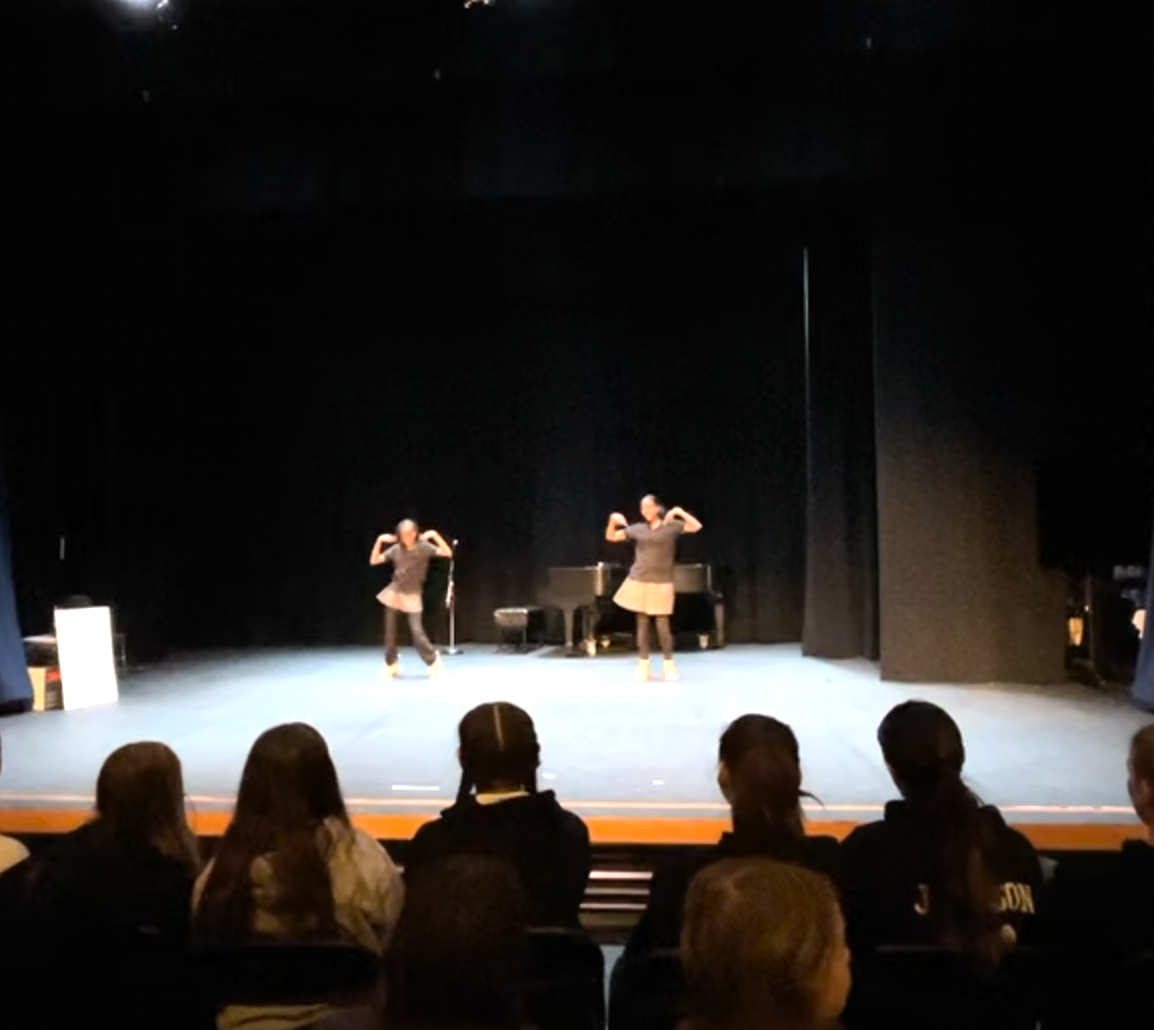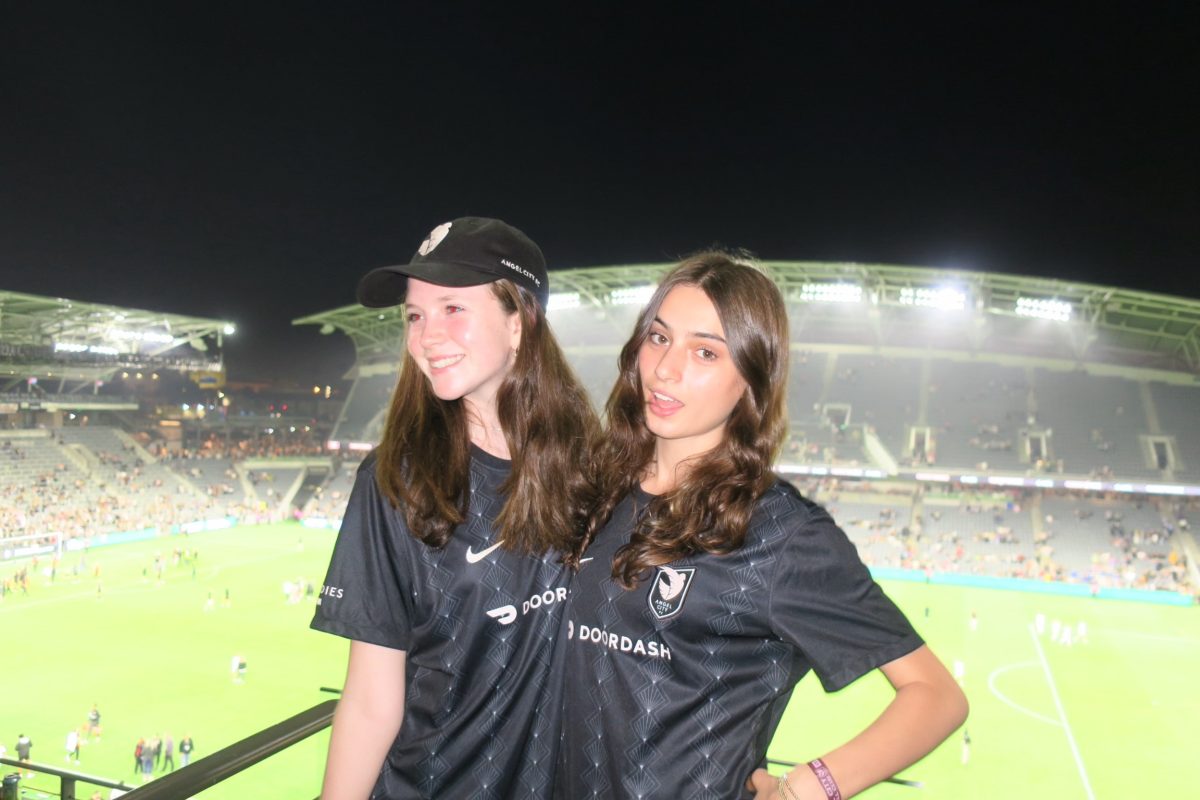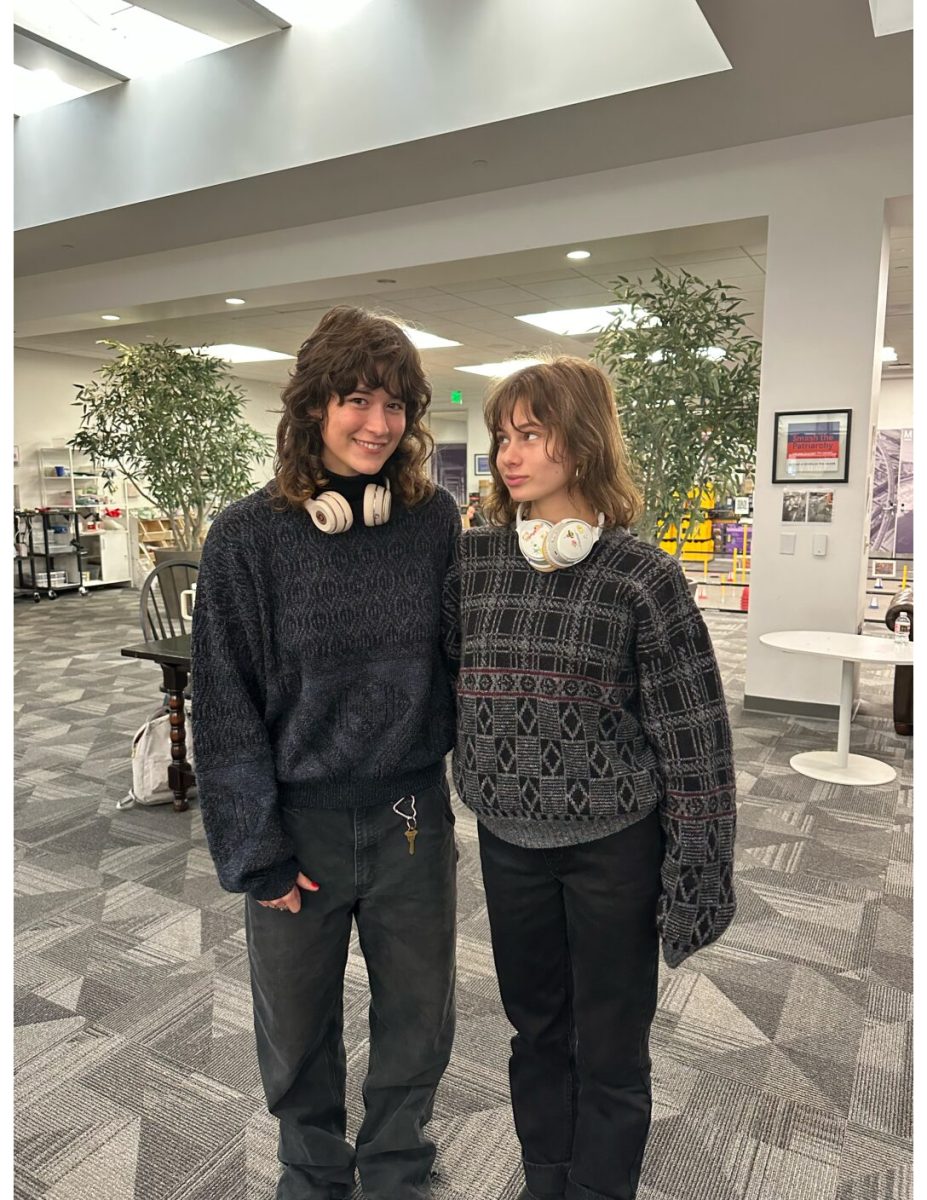By Zoe ’25, Ciara’24 and Macy ’22

Religion in the US
Over the last few decades, there has been a marked decrease in the number of people who practice religion. According to a Gallup poll from 2021, only 47% of adults belong to a religious congregation, compared to 70% in 1999. Almost 30% of adults do not identify with any religion compared to 16% in 2007, according to data from Pew Research in 2021.
There have also been shifts in the religions that people practice, according to the Pew study. 63% of all US adults identify as Christian, down from 78% in 2007. Six percent of people in the US identify as a part of a religion other than Christianity, up from five percent.
Another Pew study from 2020 found that 48% of teens share all of the same religious beliefs as their parents. For both parents and teens, 40% of respondents attend religious services at least twice a month. But, there are some significant differences in religious beliefs between teens and their parents. 27% of teens and 45% of their parents pray every day. 24% of teens and 43% of their parents see religion as very important in their lives. And, 40% of teens versus 63% of parents are completely sure that God exists.
Like the rest of the United States, Marlborough has seen many changes in religious observance over the years.
History of Religion at Marlborough
Today, Marlborough is a secular institution. However, its relationship to religion has evolved significantly over the 133 years of its existence. When Marlborough was founded in 1889, it was initially called St. Margaret’s School for Girls. When the school relocated in 1890, the school was renamed Marlborough. Part of the reason for the name change was to separate it from a religious denomination, according to “Leaves from a Marlborough Diary, 1888-1938.”
“St. Margaret’s, in Pasadena, sounded like a Church school, and though [Caswell] was a good Espiscopalian, she wished to be entirely independent of any influence,” the diary states.
Despite the name change, religious affiliation remained and students were mandated to partake in daily prayers and take classes on the Bible for many years afterwards.
“Tomorrow we have Bible History,” a student wrote during the 1910-1911 school year. “Mrs. Caswell teaches that and everyone must take it. Every morning before our classes begin, Mrs. Caswell reads from the Bible, and there is a prayer.”
Marlborough also held annual Christmas Festivals and Christmas proms. Students across grades were involved in these Christmas celebrations.
“A miracle play, ‘The Christmas Guest,’ has at last been chosen for the Christmas Festival. The ninth grade girls have just finished some beautiful tapestry panels of medieval ladies…” a student said during the 1937-1938 school year. “Sophomores spend the afternoon decorating the living room and residence halls with Christmas greens…[A] great big Christmas tree is ready for Seniors to trim at early dawn tomorrow morning.”
Marilyn Lowe ‘70, a Jewish alumna who passed as Christian during her time at Marlborough, recalls that Marlborough appeared to be exclusively Christian during her years there. Lowe’s mother was Jewish and father was Christian, but her family did not allow her to tell anyone that she was Jewish, so she had to go through great lengths to hide her background.
“As far as I know, everyone at the school was Christian,” Lowe said. “There were no Bat Mitzvahs…I knew nobody [who was Jewish] there…unless they were in hiding, too.”
Lowe recounted feeling unable to express her true self during her time at the school.
“I remember feeling like the other, feeling like I had to hide, feeling like I could not be me,” Lowe said.
When Lowe was at Marlborough, there was also a tradition of teaching Christmas songs to students in language classes.
“We always learned Christmas songs,” Lowe said. “There was Spanish, French and Latin when I went there, and we would learn the Christmas song in the language we were taking.”
By the 1980s, the school created the festival Merry Mart, where students could purchase Christmas decor. Marlborough alumna Anne McIntyre ‘85 described the festival.
“They sold Christmas trees in the parking lot,” McIntyre said. “They would have booths and in addition to food, there would be Christmas holiday decorations. It was always Christmas. There weren’t any other religions really celebrated the same way.”
Additionally, students attended weekly chapel service in Casewell from 1965 to at least the 1990s. Initially, there was Chapel every day, but by the late 1970s it had been reduced to once a week. Members of the student body served on the Chapel Committee.
“We did the Lord’s Prayer at every Chapel or just about,” McIntyre said. “Usually there was some type of hymn that we sang…Then we would have different visitors that would come, and we might learn about different religions or an important topic to the school.”
By 1980, services had expanded from being solely Christian to including other religions while retaining the Lord’s Prayer and hymns.
“The Chapel Committee does not concentrate on any particular faith, but instead, individual chapels are devoted to one faith,” a yearbook entry from 1980 said.
However, the goal of these weekly meetings was still to encourage students to think about religion.
“Each year the Chapel Committee tries to develop new and inovative [sic] ways to get the students thinking about religion,” an entry from the 1980 yearbook said. “This year the committee tried a type of group discussion in which the girls were encouraged to talk about God and their feelings about religion. Throughout the year the Chapel Committee works hard and encourages us to keep the faith.”
Despite Chapel, many students did not believe that religion played a large role in the school.
“I didn’t feel like religion was part of the culture,” Donna Ebbert Bernstein ‘84 said. “For me, the culture was to be good, honest young women. I suppose if I was a religious person, there would be cross-over in that philosophy.”
Religion at Marlborough Today
Currently, at Marlborough, religion is a less discussed aspect of many student’s identities. While, historically, religion has been an integral part, and even a driver, of education, in 2022, the school is non religious.
Kehillah, a religious and cultural affinity group, boasts 71 members. Led by Sabine ‘23, Stella ‘23, and Elise ‘22, the group celebrates Jewish traditions and provides a space for students to talk after anti-semitic events.
The goal of the group, according to Sabine, is “to bring awareness to the Jewish experience.” To celebrate this past Hanukkah, the eight-day Jewish celebration of light, the group enjoyed sufganiyot (jelly donuts) and lit candles. Because of the hostage event in Texas on the 15th of January at a synagogue, Kehilah facilitated a discussion for Jewish students.
This year, Kehilah is working on building community among the Jewish students at the school. In the future, the club hopes to host a feast, similar to the one that Exploring Asian Societies Together, the affinity group for Asian Americans and Pacific Islanders, holds for the Lunar New Year.
While Marlborough is a secular school, it does give days off for three religious holidays. The school closes for Rosh Hashanah, a Jewish holiday, in the fall. Nine days later, Marlborough closes for Yom Kippur, another Jewish holiday. Christmas, a Christian holiday, falls over winter break, so school is technically not closed for Christmas but rather for the break. The last holiday the school closes for is Good Friday, the Friday before Christian holiday Easter.
Other religious holidays, like Eid ul-Fitr, a Muslim holiday, and Diwali, celebrated by Hindus, Siks, Jains and Newar Buddhists, are not observed with a day off from classes. This may be due to the fact less than 5% of Marlborough students celebrate these holidays. Lastly, school is still in session for Hanukkah which is celebrated by 26% of the student body.
Director of Middle School Sean Fitts described the process by which the Senior Leadership Team decides which holidays, including religious ones, to cancel classes for.
“The SLT considers the balance of time in class versus the needs of the community,” Fitts said. “Also, we take into account what other schools are doing to keep some consistency. There are many decisions that need to be considered, but most of the academic year is reiterated each year to provide consistency and predictability.”
Donna Ebert Bernstein ‘84 described her experience with holiday school closures at Marlborough: “Since the school at that time was maybe 5% Jewish… Rosh Hashanah and Yom Kippur weren’t not holidays on which the school was closed.”
Even though there are not many religious affinity groups on campus, members of the student body still celebrate their own religious traditions. Christina ‘24, a Catholic and a member of the Organized Latinx Exchange (OLE- the Latinx affinity group), celebrates “Dia de los tres reyes,” or Three Kings Day.
“My grandma always brings over ‘Rosca de Reyes,’ on January 6,” Christina said. “It’s a cake that has a baby jesus statue inside. One family member gets to find the baby, and we enjoy the cake together later as a family. It keeps us together as a family and connected to our religion.”
Jewish student Dinah ‘25 said of her religious traditions,“Right now we are having a bat mitzvah, which is a one time tradition, but a fairly important tradition for Jewish people, and [we] light candles on Hanukkah.”
Mathematics instructor Jennifer Uribe celebrates Christmas with her family.
“We go to Christmas Eve Mass together and have a special meal afterward,” Uribe said. “On Christmas morning, before anyone opens presents, we read a children’s book based on the Christmas story from the Bible. This has been a tradition since I was very young and continues today to remind us why we celebrate Christmas.”
Co-Leader of South Asian Violet’s Association Ela ‘24 identifies as Hindu.
“One religious tradition I participate in is pujas which are prayer sessions that involve many different songs and rituals, usually for some significant event (marriage, birth, death, etc),” said Ela. “The pujas are usually with a large group of family and friends and, for me, bring feelings of peace and solidarity.”
Larkin ‘27 celebrates Christmas and Hanukkah and said, “My family celebrates these holidays because they have been passed down from generation [to] generation. I believe that is why religion is so powerful. It is powerful because it unites families and people from around the world.”



